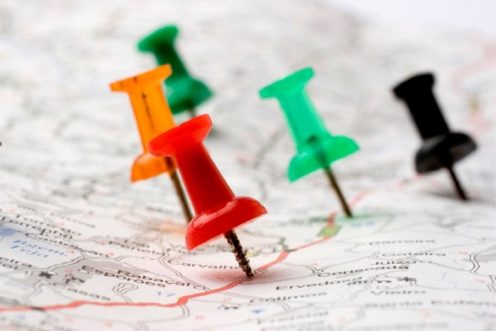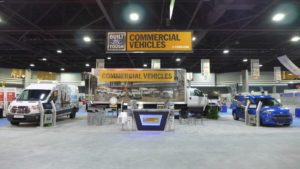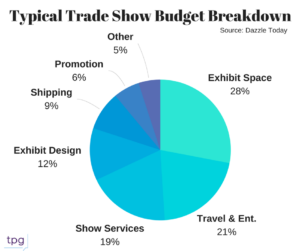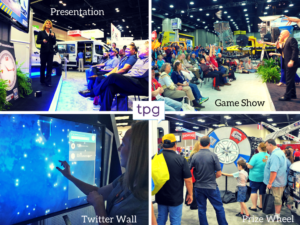When exhibiting at a trade show, your booth space is more than a section of the convention floor. It is a physical representation of your company, and the place where you turn attendees into customers. For the duration of the trade show your booth is your storefront, your sales platform, and your home.
In our years of working with clients, we’ve learned that just as no two companies are alike, no two booth spaces are alike. Whether it’s 10’ x 10’, 20’ x 30’, or 100’ x 100’, every booth has its own challenges and opportunities to impress.
In discussing what separates a good booth from a bad booth, we’ve put together a list of 10 tips that can work for any exhibitor, regardless of booth size.
1) KNOW YOUR ATTENDEES
This is the first thing we ask our clients: “What are you trying to get out of this show, and which attendees are you trying to reach?” Understanding this is the first step in designing a booth space that will showcase your company and its products, while creating an engaging and inviting space that will appeal to convention attendees.
2) LOCATION, LOCATION, LOCATION
Selecting your space on the convention floor is critical. No one wants to be lost in the crowd. To maximize exposure, your booth should be located on a main aisle, near an intersection, and as central as possible. A booth near the door might seem ideal, but it may not be depending on the show and your position in the industry. Be strategic in your selection.
3) SEE THE SIGNAGE
Your signage should work at long, medium, and close range. A 20’ sign draws attendees from across the convention hall. A hanging sign draws attendees on your aisle. Eye-level signage draws attendees into your booth. Make sure your signs are facing in the direction that will catch the most eyes; a 20’ sign doesn’t help if it’s facing the back of the hall.
4) BE OPEN AND INVITING
Once attendees find your booth, it should be inviting, and accessible from the front and sides. There should be room for a front desk and featured products, but don’t overload your space. An overcrowded or cluttered booth will keep people away. If space permits, a presentation area and comfortable seating are nice touches that add warmth and opportunities for engagement.
5) ILLUMINATE YOURSELF
“Convention hall lighting is so flattering,” said no one ever. That’s why it’s up to you to provide the lighting equipment that highlights your products and branding. You can have the best products, the greatest signage, and a first-rate presentation. But the right lighting will attract your audience and ensure that your message is seen.
6) TREAD SOFTLY
Attendees don’t think much about the floor of a booth, but it has an impact. After hours of walking on concrete floors in dress shoes, everyone welcomes a little comfort for their feet. A good grade of carpeting and the right padding help attendees feel more relaxed, and make them more open to hearing your pitch.
7) PRODUCT PLACEMENT
Select the products that make the best first impression. Your largest product may not fit your space, and smaller products may get overlooked. Your products should be selected to fit the needs of your potential customers, but should also aesthetically fit the needs of your space.
8) BUDGET WISELY
Sometimes our aspirations exceed our budgets. When this happens, try to line-item your budget to prioritize goals. It may be tempting to cut back on lighting and signage to include more products, but you risk losing the eyes of attendees. On the other hand, maybe you only need one tower or sign instead of two. There are always solutions if you are creative and keep an open mind.
9) KNOW YOUR LIMITS
Your booth should amaze and engage, and you should explore different outlets to catch the eye of attendees. But be aware that each venue and show has its own set of rules and restrictions. Smoke machines may grab attention, but if the venue doesn’t allow them, be ready to direct your resources in other directions.
10) THE NEXT SHOW
You’ve designed your booth for your first show, and it was a huge success. Just remember, even if you purchase the same amount of space for the next show, everything may not align exactly the same. Every venue and every show have their own challenges. Be ready for your booth to change and adapt. Maybe the next show will let you break out the smoke machine!
Mary Kemmer – Operations Manager





